Results 4,861 to 4,870 of 12094
Thread: Anandtech News
-
03-26-15, 08:31 AM #4861
Anandtech: Samsung Galaxy S 6 and S 6 Edge: Preview
Yesterday we received our Galaxy S6 and S6 edge review units. We’re still working on the final review but I wanted to share some early results from both devices. For those that are unfamiliar with these two phones, the Galaxy S6 range represents the result of Samsung’s “Project Zero”. In fact, the phones seem to have the internal name of Zero, which can be seen in terminal and the build properties of both devices. For Samsung, these phones represent their attempt at completely rethinking how Samsung makes phones. There is a strong emphasis on a new unibody design, which has no visible gaps or screws. Rather than the plastic that previous Samsung phones have been known for, the new design is composed of metal and glass. Samsung’s design team has been given unprecedented control throughout the process of making this phone, and the result of this is a Galaxy phone that really looks unlike anything else they’ve ever released. To see some initial results, read on for our preview of the Galaxy S 6 and S 6 edge.
More...
-
03-26-15, 11:01 AM #4862
Anandtech: Toshiba Announces 48-layer 128Gbit 3D NAND - Samples Shipping Today
The 3D NAND race is heating up. Samsung has been shipping its 3D NAND products for over six months now, but so far we have known very little about the others' 3D NAND technology. With today's announcement, Toshiba is shedding some light to its 3D NAND strategy by announcing that the company has started sampling a 48-layer 128Gbit (16GB) part.
Toshiba's 3D NAND structure (and also SanDisk's since the two have a NAND joint-venture) is called BiCS, which is abbreviation for Bit Cost Scaling. Similar to Samsung's TCAT structure, BiCS abandons the traditional floating gate design and utilizes a charge trap made out of insulating material to reduce electron leakage. From a structure and manufacturing standpoint, BiCS is quite different from TCAT, but given the amount of time and research required for a thorough analysis I'll save that for a later date. In the mean time, if you need a refresher on 3D NAND in general and Samsung's TCAT structure, I suggest you read our Samsung 850 Pro SSD review.
I'm not surprised that Toshiba's first 3D NAND product is a 48-layer part because the company has the smallest planar NAND node (15nm), so anything less than 48 would likely not have been cost efficient enough when compared against the 15nm node. There has been a lot of semiconductor analyst chatter about the optimal first generation high volume 3D NAND layer count and the consensus seems to be that you really need more than 32 layers to be competitive with modern planar NAND nodes because 3D NAND requires a whole new set of manufacturing tools that aren't exactly cheap. Toshiba did clarify that planar and 3D NAND will exist in parallel for some time, which suggests that even with 48 layers 3D NAND may be more expensive to manufacture than 15nm planar NAND (although that may change as the process matures and yields improve).
Initially Toshiba will be manufacturing 3D NAND in its Fab 5 at the company's Yokkaichi Operations in Japan, but the Fab 2 in the same location is expected to be up and running in the first half of 2016, which will increase Toshiba's 3D NAND output. While samples are shipping today, publicly available products are likely still at least a year away and I would expect the first products to arrive to the market in mid to late 2016. Given the late schedule, it's logical that Toshiba is going straight to 48 layers because Samsung will likely have a 48-layer design this year and I wouldn't be surprised to see Intel-Micron shipping one next year as well. Either way, next year is turning out to be very exciting in the NAND industry and it will be interesting to see whose 3D NAND process is the most advanced and cost efficient.
More...
-
03-26-15, 01:30 PM #4863
Anandtech: Intel-Micron Share Additional Details of Their 3D NAND
Today must be the busiest day in the world of NAND. Earlier today, Toshiba announced that it has begun shipments of its 48-layer 128Gbit 3D NAND part and now a few hours later Intel and Micron held a joint webinar that revealed a few new details about the companies' 3D NAND process. Intel-Micron originally unveiled their 3D NAND in November last year and disclosed that the first generation product will be a 32-layer 256Gbit (32GB) MLC part, which can also operate in TLC mode to bring the capacity per die to 384Gbit (48GB).
The initial part will be a 4-plane design, which is necessary for retaining high performance at such a high die capacity. For understanding why the number of planes is important, I suggest you read this page from our Crucial M550 review, but in short the number of planes translates to the number of pages that can be programmed in tandem within a single die (i.e. one page can be programmed in one plane at a time, so that's four simultaneous page programs in a 4-plane die). There's some additional latency from multi-plane programming, but with a 4-plane design you can get roughly two times the write (and read/erase too) throughput compared to a 2-plane design. That's a vital element because as the die capacity increases, less die is required to build a drive with fixed capacity (e.g. with 256Gbit die, a 256GB SSD only consists of eight dies, whereas with a 128Gbit die there would be 16 dies operating in parallel).
As I thoroughly explained in our Samsung 850 Pro review, one of the key issues with planar NAND is the shrinking number of electrons. Because 3D NAND can utilize a much larger cell structure due to the fact that scaling is done vertically rather than horizontally, the number of electrons is considerably higher, which improves both endurance and performance. The slide Intel and Micron shared shows that their 3D NAND will have roughly the same number of electrons as their 50nm process did (or actually slightly more), which is over a tenfold improvement compared to the latest 16nm node. The companies weren't willing to share the exact lithography that's used for manufacturing, but I was told that the process relies on single patterning and thus I would estimate the lithography to be somewhere between 35nm and 50nm given the limits of argon fluoride patterning. Ultimately the lithography on its own is rather useless anyway because it only measures the smallest pitch in the die and there's more than a couple of pitches that need to be known for any accurate analysis.
In terms of endurance, Micron told me that the parts will initially be rated at 3,000 P/E cycles. That may sound low, but Micron explained that the reason behind this is that all Micron's client-grade MLC has been rated at 3,000 for several years now and frankly that's more than enough for client applications. Both companies are confident that their 3D NAND technology is capable of delivering far more than that, but as validation takes time and money the first batch won't be rated at more than 3,000 cycles. It will be interesting to see what the enterprise-focused 3D NAND is rated at once it arrives to the market, but given the increased number of electrons and other endurance improvements it's safe to assume that Intel-Micron's 3D NAND will be capable of +10,000 P/E cycles as the process matures.
The companies also shared some high-level details of their 3D NAND structure, which has remained a secret until now. To be honest, the above illustration I was given is far from easy to understand (even the Intel/Micron engineers I talked had trouble understanding it), but what I was able to understand is that the orange tubes are the channels and the individual cells are between the channels and the dark green wordline (i.e. the actual cells are not shown in the picture). The light green bars on the top of the wordlines are the bitlines and the red bars on the top are select gates, which in conjunction are used to select one channel (applying voltage to one red and one light green bar makes one orange tube active). Applying voltage to one of the dark green wordlines would then make one individual cell active and allow reading/programming/erasing. Obviously, the graphs leave many questions unanswered (like where and how the wordlines are connected) and the above explanation is mostly based on my own understanding of how Intel-Micron's 3D NAND might work, so we'll have to wait for further details before we can fully understand how the structure differs from Samsung's and Toshiba-SanDisk's.
That said, Intel-Micron did disclose that their design utilizes a traditional floating gate, whereas the other 3D NAND designs we have seen use a newer charge trap technology. There's inherently several benefits to charge trap (e.g. less electron leakage), but Intel and Micron told me that they decided to use floating gate because it's a decades old design and the physics are well known, while charge trap is much newer and more unproven. It's impossible to outright say that one cell structure is better than the other because in the end it all boils down to cost where floating gate design is probably more cost efficient for Intel-Micron given their deep knowledge of its functionality.
All in all, we now know a few more bits about Intel-Micron's 3D NAND, but there's still lots of details to be unveiled and investigated to fully understand the differences to other 3D NAND technologies. 256Gbit MLC samples are now shipping to select customers and mass production will begin in the second half of this year, so the first products with Intel-Micron 3D NAND will likely hit the shelves in the first half of 2016.
More...
-
03-26-15, 08:30 PM #4864
Anandtech: Xbox Games With Gold April Preview: Double Games!
Microsoft teased last month that April would be a special month for Xbox Games With Gold, with the program doubling up on the games made available. Last month was somewhat of a new beginning as well, with some quality games being made available for both the current and last gen consoles. The April games have now been announced, so we can check out what is in store for Xbox Live Gold subscribers.
Xbox One
Pool Nation FX
Developer Cherry Pop Games is behind this sequel to the well-received Pool Nation, with the FX version coming to the Xbox One as a day one release on the Games with Gold program. As the game title implies, this is a game based on Pool, but with some unique game styles available, and revamped graphics and physics. As this is a brand new game, there are no reviews available yet. Pool Nation FX will normally sell for $13.99.
Child of Light
Child of Light is the second game available on the Xbox One, and comes from Ubisoft Montreal. This is a platformer RPG, and players take control of Aurora. This is a fairly short game, but the story is very interesting, and the setting and graphical style is very nicely done. This is one of the few games that I have had a chance to play through and it was very enjoyable. Child of Light was first released in April 2014, and has an 82 Metascore and 7.5 User Score on metacritic. Child of Light normally sells for $14.99.
“Child of Light is an adventure inspired by fairy tales. The story takes us on the coming-of-age journey of Aurora, the daughter of a duke, who is transported to the fantastic world of Lemuria. Identified as a Child of Light and granted the power of flight, Aurora must fight the dark creatures of the Queen of the Night on her quest to save the sun, the moon, and the stars.”
Xbox 360
Gears of War: Judgement
Gears of War is an exclusive franchise to the Xbox, and Judgement is the fourth game released in the series. Epic Games is the developer behind this classic third-person shooter which was released in March 2013. This release was not as critically acclaimed as the previous games in the genre, but it still managed to pull out a 79 Metascore on metacritic. Users were not as enamoured with the game though, and it only scores a 5.3 User Score. For those that have not yet experienced Gears of War, this is a good chance to pick up one game in the series which normally goes for $19.99. Gears of War: Judgement will be available from April 1-15.
“In the immediate aftermath of Emergence Day, the fate of the world rests on the shoulders of young COG lieutenant Damon Baird and his team - Kilo Squad. As the world of Sera is destroyed around them, Kilo must rise up, break the rules and take the fight to a horrifying new enemy in this blockbuster prequel to one of the most celebrated franchises in gaming history.”
Terraria
Next up for the 360 is the indie sandbox game, Terraria. This game has been incredibly popular, and is available on pretty much every platform. It is a 2D action-adventure game, with emphasis on world building. Players enter the game with just a pick, an axe, and a sword, and can gather resources to build up their world. The Xbox 360 version of the game scored an 81 Metascore and 7.2 User Score on metacritic. Terraria normally sells for $14.99 and will be available from April 1-15.
“Welcome to the world of Terraria! DIG, FIGHT, EXPLORE, BUILD! Nothing is impossible in the special edition version of this action-packed sandbox adventure! Over a dozen environments and hundreds of items to craft and enemies to defeat! The world is your canvas – make it your own.”
Assassin’s Creed IV Black Flag
One month, and two games from Ubisoft Montreal. This means it is a good month! Assassin’s Creed IV Black Flag is (obviously) the fourth game in the Assassin’s Creed universe. For those unfamiliar, you are an assassin, and you get to be an assassin. That’s almost enough said right there. The game is an open-world stealth game, which was originally released at the end of October 2013. How do you make an assassin game better? You add Pirates, and this game in the series is set in the Caribbean during the days of piracy. This game in the franchise was well received by critics and users alike, with it receiving an 86 Metascore and 7.8 User Score on metacritic. Assassin’s Creed IV Black Flag normally goes for $29.99, and is available April 16-30.
“The year is 1715. Pirates rule the Caribbean and have established their own lawless Republic where corruption, greediness and cruelty are commonplace.
Among these outlaws is a brash young captain named Edward Kenway. His fight for glory has earned him the respect of legends like Blackbeard, but also drawn him into the ancient war between Assassins and Templars, a war that may destroy everything the pirates have built.
Welcome to the Golden Age of Piracy.”
Army of Two: The Devil’s Cartel
The final game for April is from Visceral Games. Army of Two: The Devils Cartel is a third-person shooter which was originally released in March 2013. It is based on the Frostbite 2 engine, and is the third game in the Army of Two series. It features local or online co-op play. This game in the series was not as well received as others though, with just a 54 Metascore and 6.2 User Score on metacritic. Available April 16-30, Army of Two: The Devi’s Cartel normally sells for $19.99.
“The originator of tactical co-op is back! Developed by Visceral Games, the award-winning creators of Dead Space™, Army of TWO™ The Devil’s Cartel delivers an immersive and unique 3rd-person co-op action-shooter that’s built on the new Frostbite 2 engine for maximum destruction. You and your partner must shoot and destroy anything in your path to take down a violent drug cartel that’s taken over Mexico. In gripping partner-based missions, each player must tackle and overcome individual objectives to achieve a common goal. The more effective your teamwork, the greater the reward as the new Overkill mode gives you devastating power for truly epic mass destruction! Experience this explosive action-blockbuster campaign in two-player local split-screen or online co-op!”
April is double the games, and there are some great games in the mix. Both of the Ubisoft games are excellent examples for their genres, and would be worth picking up. Terraria is incredibly popular as well. March was an excellent month for Games with Gold, and April looks like it will have enough great content to say the same. Hopefully Microsoft can keep the quality titles coming to the subscription.
More...
-
03-27-15, 06:05 AM #4865
Anandtech: Estimating Intel-Micron 32-layer 3D NAND Die Size
Yesterday Intel and Micron shared some new details of their 3D NAND technology and during the presentation they also showed a production wafer. I missed the wafer during the live broadcast (hence I couldn't include this in the initial write up), but fortunately Intel-Micron have now posted the recorded webinar, which I used to get a pretty good shot of the wafer. The quality isn't perfect, but it's good enough that I was able to make a fairly accurate estimation of the die size.
Disclaimer: The data and analysis presented in this article is based on estimations that are provided "as is" with no guarantee of full accuracy.
I calculated 19 dies vertically and 25 horizontally, which would yield a die size of 189.5mm. That's a bit too high since it doesn't take the partial dies on the edges of the wafer into account, so when taking that and the die cuttings (i.e. the space between dies) into account, my estimation of the die size would be 175mm. I think in reality it might be closer to 170mm, but I'll rather be conservative than present too optimistic numbers.
My die size estimation goes pretty well hand-in-hand with Intel-Micron's planar NAND dies. The two have never really focused on building small dies for mobile applications (e.g. microSD cards), which is why the die sizes are higher compared to the others with mobile focus. I was told Intel-Micron might build a smaller two-plane 3D NAND for mobile use if they see demand for it, but as I mentioned in yesterday's news post the initial die will be a 4-plane design that is aimed for SSDs.
Now that we have the die size we can also estimate the most important metric i.e. the bit density. Intel-Micron's 32-layer 3D NAND design is by far more efficient than Samsung's, which is mostly explained by the much higher die capacity. The memory array efficiency (i.e. the portion of the die that's dedicated to memory cells) tends to scale with die capacity because the peripheral circuitry doesn't need too many modifications and thus the die area taken by the circuitry doesn't really increase with capacity.
I estimated Intel-Micron's 32-layer 3D NAND to have array efficiency of approximately 85%, which is very good and considerably higher than Samsung's 32-layer design (66% for the 86Gbit MLC part and 72% for the 128Gbit TLC part). Samsung did some peripheral circuitry optimizations for the 32-layer TLC part that explain the higher array efficiency versus the MLC part. When assuming similar array efficiencies for Intel-Micron and Samsung TLC dies, the bit densities are actually equivalent, suggesting that from a lithography and cell size perspective the two designs should be quite similar.
I now understand why Intel-Micron claim that their 3D NAND technology comes with disruptive cost because it really is the most efficient 3D NAND technology we have seen so far. It has twice the bit density compared to Micron's latest 16nm 128Gbit die, which should be enough to mitigate the higher production cost per wafer and make 3D NAND a natural successor to Intel-Micron's planar NAND. It will be interesting to see how Samsung's third generation V-NAND stacks up against Intel-Micron's 32-layer 3D NAND, but it's clear that Samsung must be able to increase the die capacity to remain competitive as it's more than just a game of layers.
More...
-
03-27-15, 08:00 AM #4866
Anandtech: Exploring DirectX 12: 3DMark API Overhead Feature Test
This week the benchmarking gurus over at Futuremark are releasing their own first run at a DirectX 12 test with their latest update for the 3DMark benchmark. Futuremark has been working away at DirectX 12 for some time – in fact they were the first partner to show DirectX 12 code in action at Microsoft’s 2014 DX12 unveiling – and now they are releasing their first DirectX 12 project.
In keeping with the general theme of the demos we’ve seen so far, Futuremark’s new DirectX 12 release is another proof of concept test. Dubbed the 3DMark API Overhead Feature Test, this benchmark is a purely synthetic benchmark designed to showcase the draw call benefits of the new API even more strongly than earlier benchmarks. Whereas Star Swarm was a best-case scenario test within the confines of a realistic graphics workload, the API Overhead Feature Test is a proper synthetic benchmark that is designed to test one thing and one thing only: how many draw calls a system can handle. The end result, as we’ll see, showcases just how great the benefits of DirectX 12 are in this situation, allowing for an order of magnitude’s improvement, if not more.
More...
-
03-30-15, 07:30 AM #4867
Anandtech: The Phanteks Enthoo Pro Case Review
The Enthoo Pro is most popular tower case of Phanteks, which the company claims to be "beautifully crafted, amazingly flexible, budget friendly and with maximized cooling potential". One might imagine this tries to put too many eggs in one basket - we received a review unit and put it through our test suite.
More...
-
03-30-15, 06:00 PM #4868
Anandtech: ASUS Launches The Transformer Book Chi
Though the Chi series was first announced at Computex way back in June 2014, it has been a long time getting to market. ASUS is now accepting pre-orders for two models of the Chi. The T100 Chi will be the replacement for the well-received Transformer Book T100, and the T300 Chi is the flagship model. Both will be fanless designs, and include the now traditional Transformer Book keyboard dock.
Starting with the T100 Chi, we get a nice update to a good design. The T100 Chi is a tablet convertible , so all of the components are in the 10.1 inch display. Speaking of the display, ASUS has went with a 16:10 ratio, with a 1920x1200 resolution. It is nice to see a few devices bucking the 16:9 trend, especially with tablets. It also features a laminated IPS display, which removes the air gaps between the different display layers. This is not a new feature of course, but one that has normally been reserved for more premium devices. And the premium feel does not end there, with the T100 Chi being made completely out of aluminum. The T100 is powered by the Intel Atom Z3775 quad-core processor, and has 2 GB of memory. Storage is eMMC in 32 and 64 GB tiers. The T100 Chi has a MSRP of $399, which is very much keeping in line with the previous T100, and comes with the keyboard dock.
The T300 Chi is 12.5 inch tablet, with the same laminated display as the T100, but we are back to the 16:9 ratio. Two resolutions are offered, with a 1920x1080 model being the mainstream version, or you can opt for a WQHD 2560x1440 version as well. The 1080p model comes with the Intel Core M-5Y10 CPU, 4 GB of memory, and a 128 GB SSD with micro SDXC expansion. The higher resolution T300 Chi will come with the Intel Core M-5Y71, 8 GB of memory, and a 128 GB SSD with micro SDXC expansion. The tablet alone is just 1.6 lbs, and combined with the included keyboard dock, the weight doubles to 3.2 lbs.ASUS Transformer Book Chi Series T100 Chi T300 Chi Processor Intel Atom Z3775 (quad-core 1.46-2.39GHz, Intel HD GPU) Intel Core M-5Y10/5Y71 (2C/4T 0.8-2.0 GHz/1.2-2.9GHz, Intel HD 5300 GPU) Display 10.1" 1920x1200 IPS Multitouch 12.5" 1920x1080/2560x1440 IPS Memory 2 GB LPDDR3 4/8GB Storage 32/64GB eMMC plus Micro SDXC 128GB SSD plus Micro SDXC Networking 802.11n dual-band + BT 4.0 802.11n dual-band + BT 4.0 I/O Micro USB 3.0, Micro HDMI, Headset Micro USB 3.0, Micro HDMI, Headset Battery 31 Wh 31 Wh Dimensions 10.1 x 6.9 x 0.3" (256.5 x 175.3 x 7.1mm) 12.5 x 7.5 x 0.3" (317.5 x 190.5 x 7.62mm) Weight 1.3 lbs (590g), 2.4lbs (1.1kg) with keyboard 1.6 lbs (726g), 3.2 lbs (1.45kg) with keyboard MSRP $399 32GB $449 64GB $699 FHD, $899 WQHD
Both models feature support for the ASUS Transformer Book Chi Active Stylus Pen, which has 256 pressure levels supported and could therefore be based on N-Trig technology.
The keyboard docks have always been the key to the Transformer Book series, and the Chi models feature a unique magnetic hinge to perform the connection. The new models also offer support for additional modes beside attached and detached, with flipped and tented now joining the capabilities. While they do not feature the kickstand of the Surface, if you do have somewhere to rest the tablet, the tent mode should offer some nice functionality.
The ASUS Transformer Book Chi T100 and T300 are available for pre-order starting today.
Source: ASUS
More...
-
03-30-15, 07:00 PM #4869
Anandtech: Google Updates Gmail for Android With A Unified Inbox
Today Google's Gmail team is shipping an update to Gmail for Android, which has now become the standard mail application for Android Lollipop users. The update brings a great feature that a few other mail applications have offered for some time, which is the ability to display emails from multiple accounts in a single unified inbox. Google has simply named this feature "All Inboxes", and it's accessible via the sliding drawer on the left side of the application on smartphones, and the left pane on tablets. As someone who has to use multiple email accounts on a daily basis, this is a feature that I've hoped Gmail would adopt for quite some time, and it's great to finally have it rolling out.
In addition to the new unified inbox, Google is also enabling support for displaying threaded conversations on non-Gmail accounts. This means that users who have long email threads on their email accounts from other providers will be able to view them in a single thread, which was previously limited to Gmail accounts. The omission of this feature just seemed like an oversight when third party account support was integrated into Gmail, and it's good to see Google ensuring parity between the features for Gmail accounts and other providers now that the application acts as the standard Android mail app.
In addition to the two major features above, this update to Gmail also brings a few smaller features like better auto-complete when searching, larger attachment previews, 1-tap saving to Google Drive, and improved animation responsiveness. The update is currently rolling out now, although it may take some time for devices to receive it as Google always performs staged releases for application and system updates.
More...
-
03-30-15, 09:30 PM #4870
Anandtech: Windows 10 Build 10049: Meet Project Spartan
Microsoft has released a new build to the fast ring for Windows Insiders today. When build 10041 dropped on the 18th of March, we made note that updates would not be coming at a much quicker pace. Little did we know that we would get a new build only twelve days later. There is big news with this build as well with the public availability of Microsoft’s new browser, codenamed Project Spartan.
Back in January we took a look at some of the parts of Project Spartan. At that time, the goal from Microsoft was to include the new rendering engine which would be the heart of Spartan in both Internet Explorer and the new, as yet unnamed browser. Those plans have shifted though. Internet Explorer will still be available for legacy applications (think business) but it will not include the new rendering engine, which is EdgeHTML. Project Spartan will be exclusively EdgeHTML and not include the legacy MSHTML rendering engine for compatibility. Microsoft’s metrics on compatibility with the new browser have shown them that it is really not necessary. So the new browser should be free of any of the legacy code which caused issues with standards.
On our initial look at EdgeHTML rendering within Internet Explorer, we saw some pretty substantial performance gains. We will dig into that again with the new build and report back if any additional progress has been made.
So what is “Project Spartan” then? Technically it is a new branch of Internet Explorer’s Trident layout engine, but slimmed down and built for the modern web rather than compatibility with legacy things like ActiveX controls. If that is needed, Internet Explorer will still be available in Windows 10. For the vast majority of users though, they just need a clean, fast, secure browser. Whether Spartan is any of that will have to be seen, but it is more than just a new layout and ECMAscript engine too.
Spartan (I really wish they would just name this browser already) has some interesting technology which Microsoft hopes will bring some mindshare back to their browser. For instance, Cortana, which is Microsoft’s digital assistant and search engine front end, is now built directly into the browser. Being contextually aware should help with relevant search results, and if you type things like “what is the weather” into the address bar, Cortana will respond.
Another feature coming to the new browser is the ability to annotate web pages, and inking is supported for this. The resultant page will be sharable as well, so comments about pages can be shared with friends or colleagues. This may or may not be interesting, but even with the preview just going out, there have already been some clever uses of it shared on social media.
The new browser also supports both Reading List and Reading View, which are extensions to already deployed technologies from Windows 8.1. Reading List is clearly a list of sites, and Reading View offers a distraction-free browsing experience.
One of the best features of the new browser though is that it will be updated through the store, so hopefully the extremely long wait times between feature updates will go away. There was always the capability of this with Windows Update, but Internet Explorer is certainly behind in adoption of new web standard drafts as compared to other browsers.
For those in the Fast Ring, go check your Windows Updates and get a crack at the new browser, but before you do, be sure to check out the list of known bugs, as there are some serious ones in this build such as Hyper-V being broken on this build. Remember though, this is called the Fast ring for a reason!
Source: Windows Blog
More...
Thread Information
Users Browsing this Thread
There are currently 26 users browsing this thread. (0 members and 26 guests)





 Quote
Quote
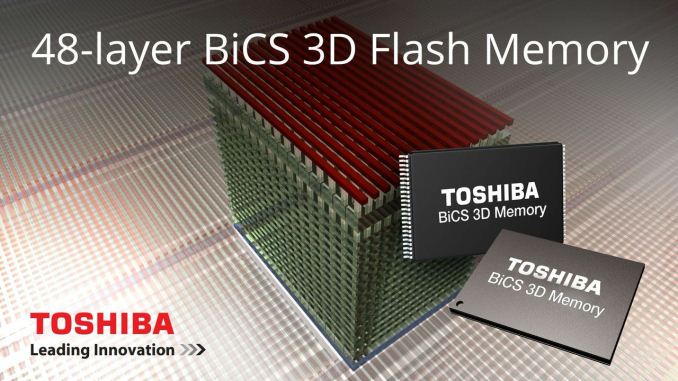
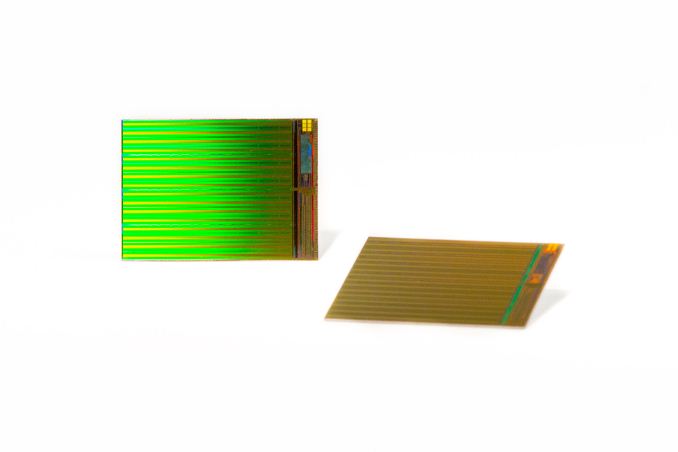
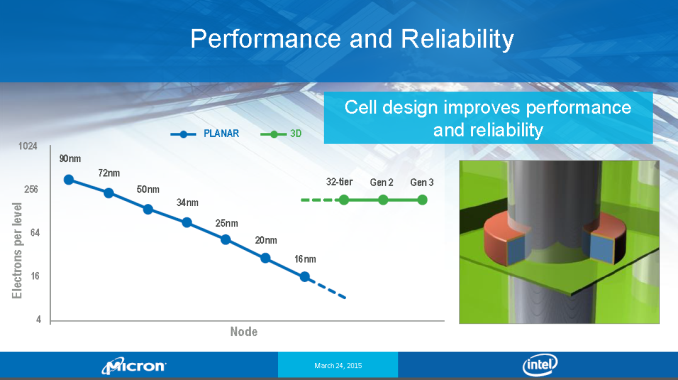
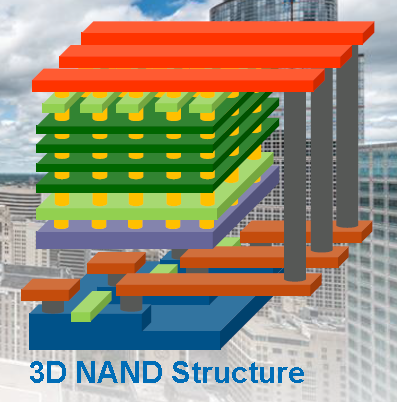







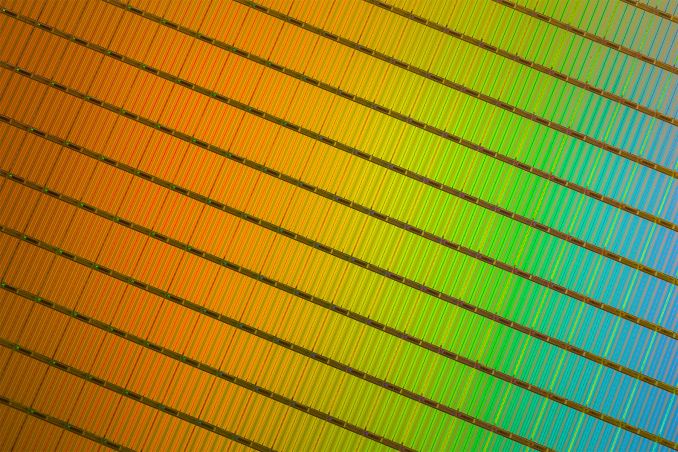
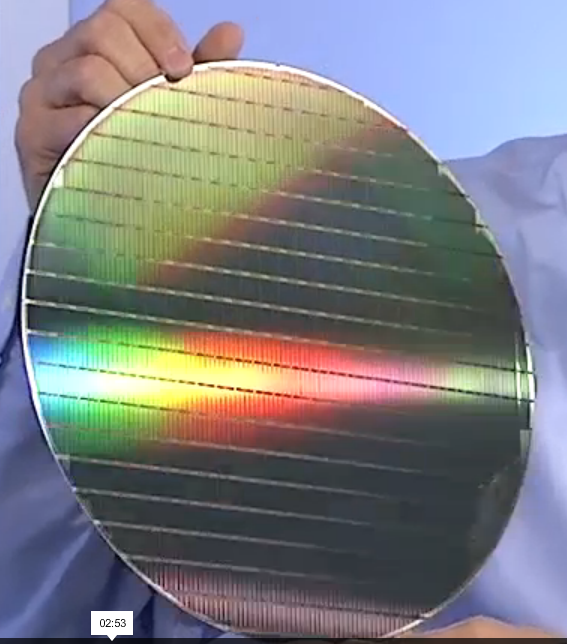
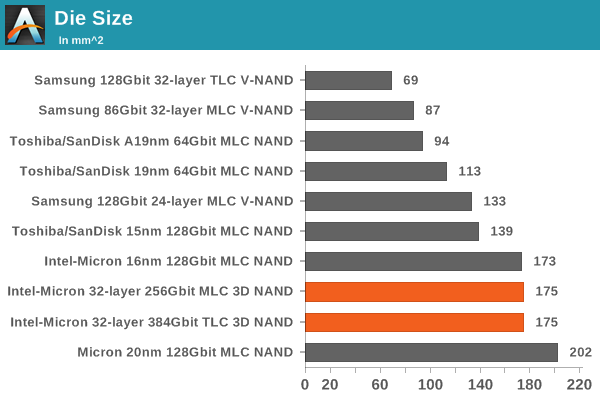
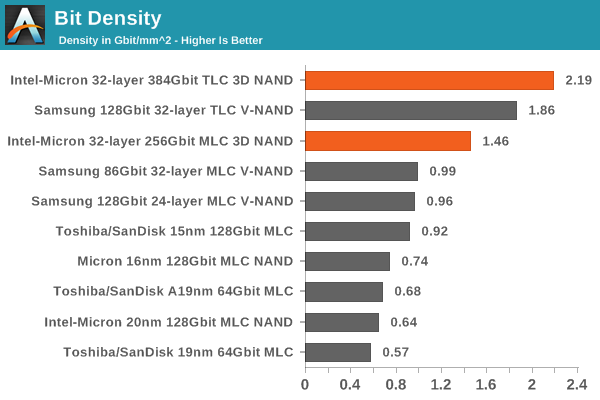
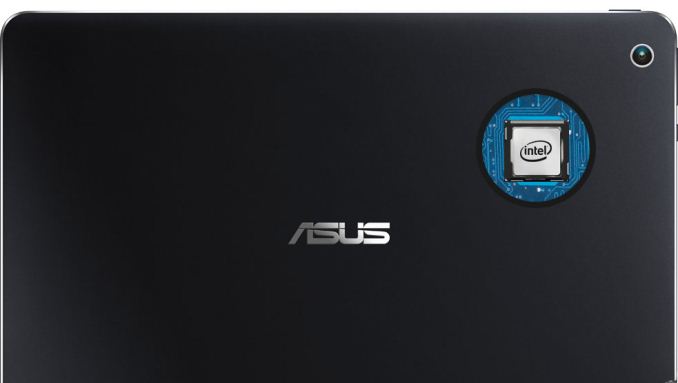
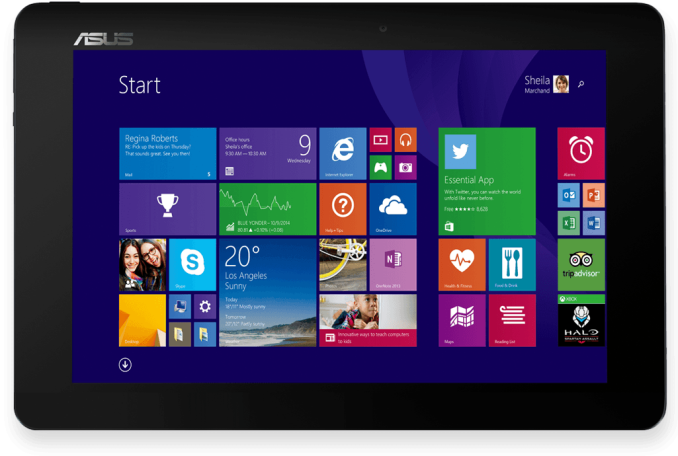



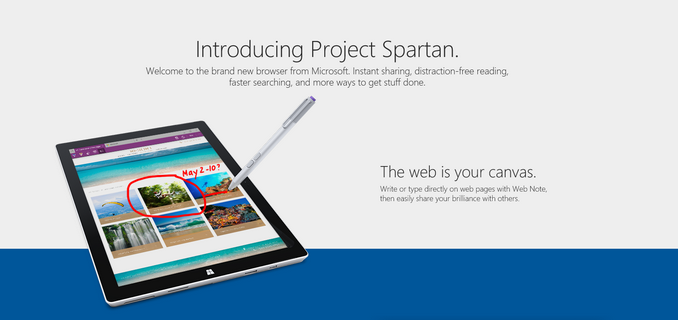
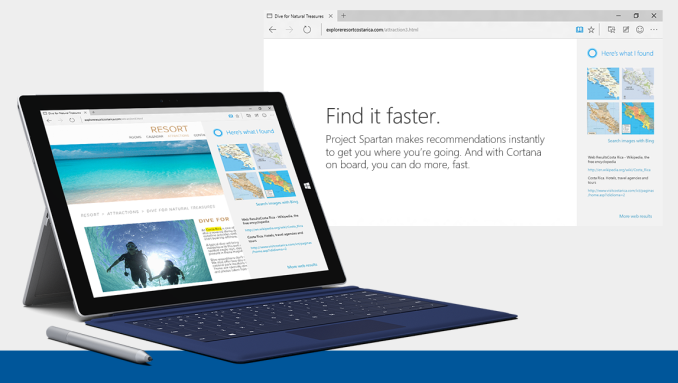
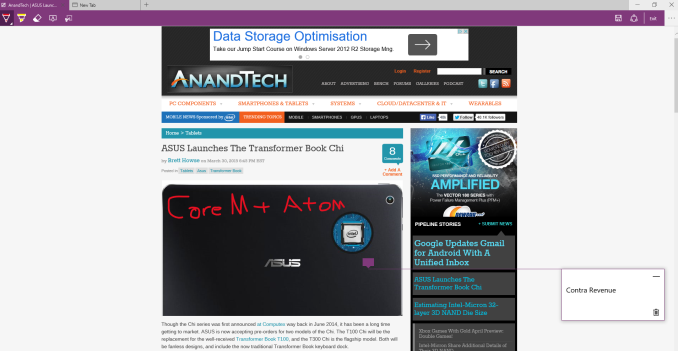

















Bookmarks